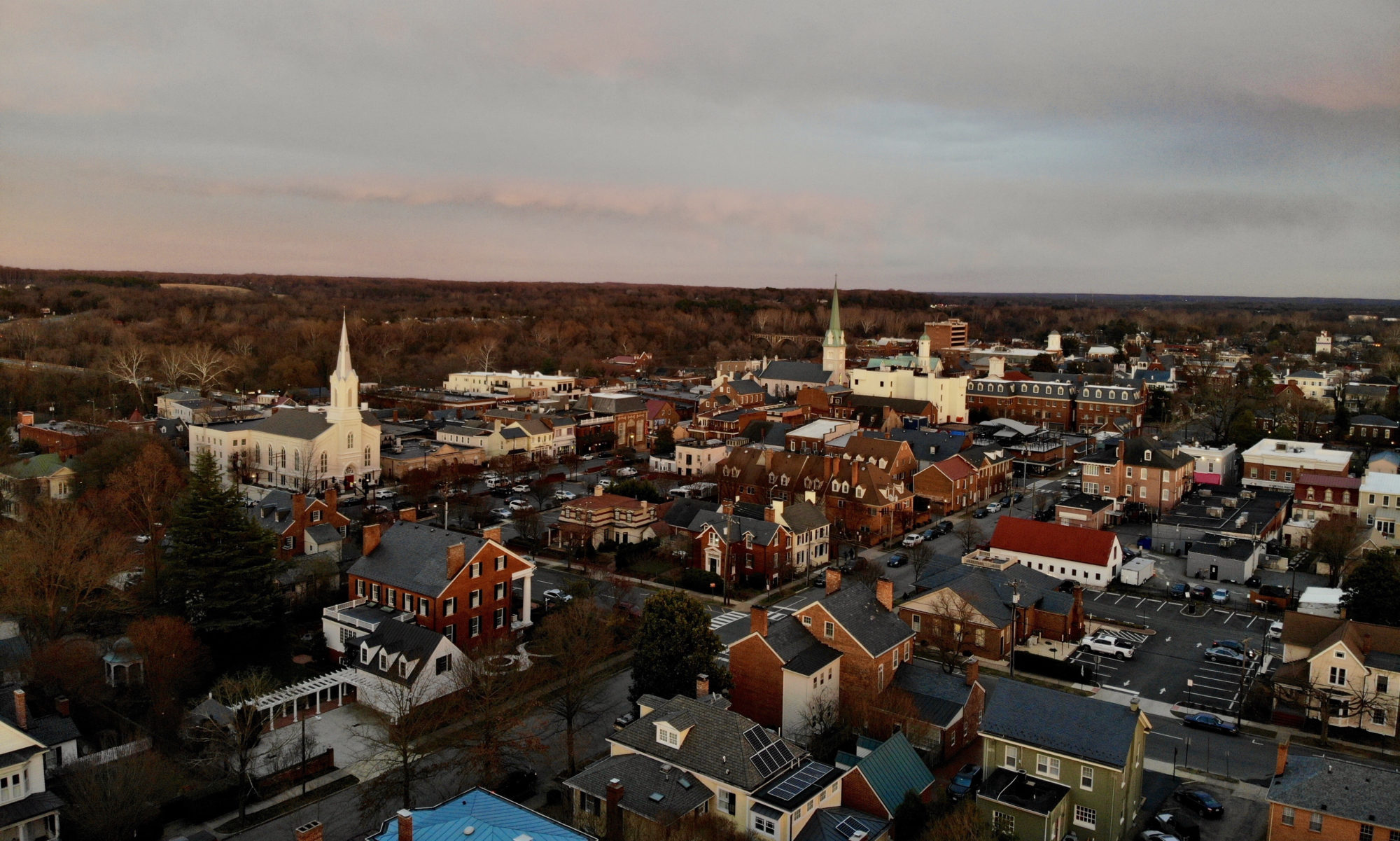Centuries of Connections
Ties between the Fredericksburg area and France are rooted in the earliest moments of America’s history.
The Maury family, Huguenots, were among the first arrivals to our area in the late 17th century. The Rev. James Maury established a classical school in Louisa County, where the young Thomas Jefferson (a lifelong Francophile) studied Latin and Greek. Maury’s descendant, Matthew Fontaine Maury, born in Spotsylvania County, gained world-wide fame from his charting of ocean and wind currents. His home on Caroline Street still stands.
The Marye family, also Huguenots, served their region as civic leaders, ministers, and scholars. Their stately, columned home stands atop Marye’s Heights, where it served as a pivotal point for Robert E. Lee’s defense in the Battle of Fredericksburg. It is now known as Brompton, the residence of the President of the University of Mary Washington.
The Marquis de Lafayette, friend of George Washington and general in our Revolution, passed through the City on his way to Yorktown, where the French fleet, headed by Admiral de Grasse, played a decisive role in Cornwallis’ defeat. Lafayette named his only son George Washington Lafayette, after his American hero. When Lafayette returned to America for a victory tour in 1824-25, Fredericksburg held a lavish ball in his honor in the Town Hall’s second floor chambers, as part of the celebration of the nation’s 50th anniversary.
Lafayette and James Monroe were lifelong friends. Monroe, who began his law practice in Fredericksburg, served as Minister to France, and greatly influenced Napoleon’s decision to sell the Louisiana Territories to the young nation. He and his wife furnished their home in French décor, and maintained lifelong ties with France.
Prince Napoleon Achille Murat of France, in 1824, married Catherine Willis Grey, a young Fredericksburg widow and the great granddaughter of Betty Washington.
James Fitzgerald, who married Elizabeth Thornton of “Fall Hill,” was rumored to be a Dauphin of France; allegedly he had been adopted by a General Fitzgerald of Nottoway County.
Count Georges Arnaud of Paris, came to Fredericksburg in1890 to start a vineyard on Lauck’s Island, which failed; subsequently, he gave French lessons to the area’s wealthy young ladies at his Fredericksburg home.
“Lafayette, we are here!” was the cry of Battery F, 111th Field Artillery, when they landed in Le Havre in 1918 at the end of The Great War. The old and honored National Guard unit was largely composed of Fredericksburg men.
The Mayor of Fréjus, France, Francois Leotard and his wife, visited Fredericksburg on July 13-14, 1979. A member of the French National Assembly, M Leotard was invited to our city by Ralph Meima, Jr., who was serving as the U. S. Consul General at Marseilles. Mr. Meima’s district included most of the Mediterranean coast, including Fréjus. After this visit, Mr. Meima met with Mayor Lawrence Davies and the City Council, and suggested the formation of a sister city relationship between Fréjus and Fredericksburg, which came about the following year, in 1980. Clifford “Buddy” Chandler became the new organization’s first president.
